Illegal Logging Regulations and Enforcement
- July 26, 2024
- 0 comment
The unauthorized harvesting, transportation, purchase, or sale of timber, is a significant global issue. It contributes to deforestation, climate change, and the loss of biodiversity while undermining legal markets and governance.
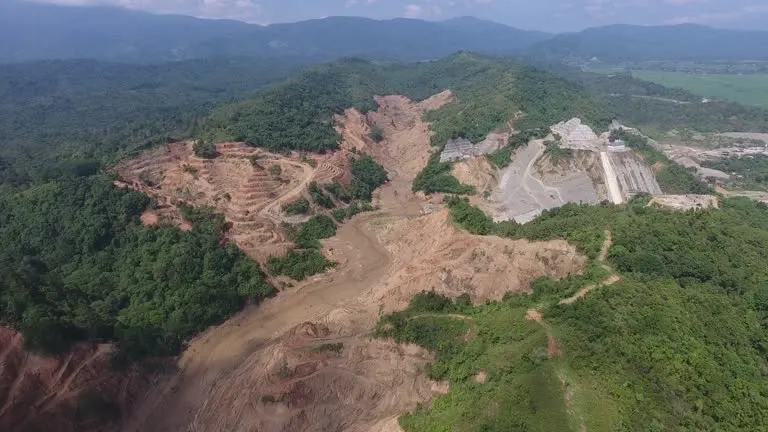
Effective regulations and enforcement are crucial to combat this problem, ensuring sustainable forest management and protecting ecosystems.
History of Illegal Logging
Illegal logging has a long and complex history, deeply intertwined with the socio-economic and political landscapes of various regions around the world. The practice, which involves the unauthorized harvesting, transportation, purchase, or sale of timber, has evolved significantly over the centuries.
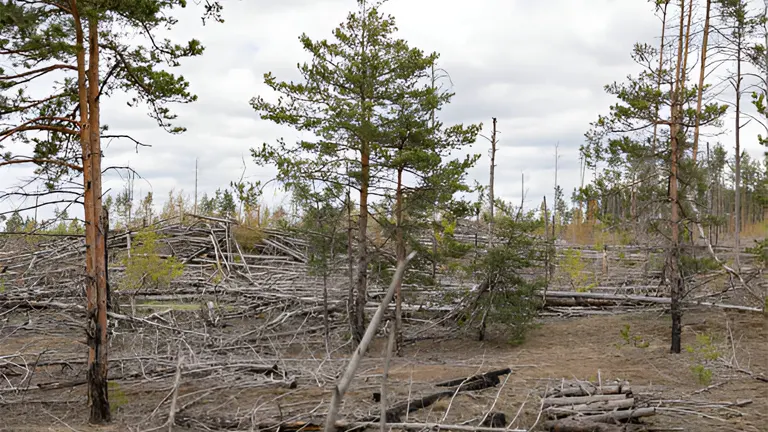
- Early Logging Practices: The history of logging dates back centuries, with early civilizations relying on timber for building, fuel, and tools. However, as human populations grew and industrialization progressed, the demand for wood surged, leading to widespread deforestation and the need for regulatory measures.
- Evolution of Logging Laws: Logging laws began to take shape in the early 20th century, aiming to manage forest resources sustainably. These laws evolved in response to the growing recognition of the environmental and social impacts of deforestation, culminating in more comprehensive international and national regulations.
- Historical Impact: The historical impact of logging, both legal and illegal, has been profound. Massive forest areas have been cleared, leading to habitat loss, soil erosion, and disruption of water cycles. These historical practices set the stage for modern regulations aimed at mitigating further damage.
Global Impact of Illegal Logging
Far-reaching consequences that affect not only the environment but also economies, societies, and governance structures worldwide. Here are the key global impacts of illegal logging:

- Environmental Impact: Devastates forests, leading to habitat destruction, loss of biodiversity, and increased greenhouse gas emissions. Forests play a critical role in carbon sequestration, and their destruction exacerbates climate change.
- Economic Consequences: Economically, Undercuts legal timber markets, leading to significant financial losses for governments and legitimate businesses. It also deprives communities of sustainable livelihoods, contributing to poverty and social instability.
- Social Implications: Socially, Often involves exploitative labor practices and conflicts with indigenous communities. It undermines the rule of law, fostering corruption and weakening governance structures.
Key Regulations on Illegal Logging
Efforts to combat illegal logging have led to the development of various regulations and initiatives at the international, national, and regional levels. These regulations aim to ensure the legal sourcing of timber, promote sustainable forest management, and protect forest ecosystems.
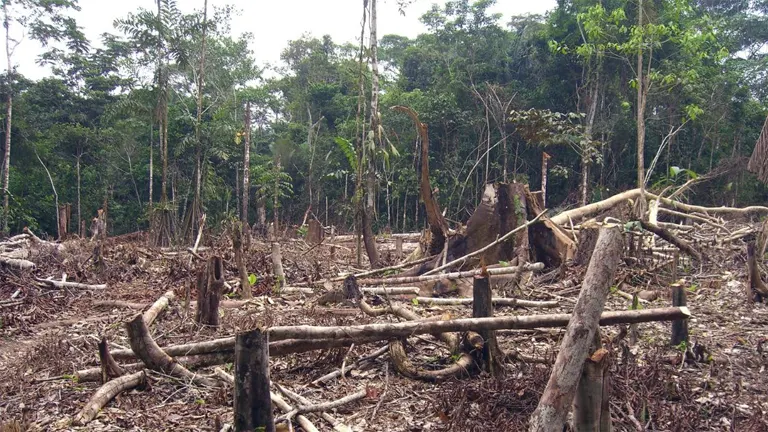
- International Laws: International laws such as the Convention on International Trade in Endangered Species of Wild Fauna and Flora (CITES) and the European Union Timber Regulation (EUTR) aim to curb illegal logging by restricting trade in illegally harvested timber.
- National Regulations: Countries have enacted various national laws to address illegal logging. For instance, the United States’ Lacey Act prohibits the trade of illegally sourced wood products, while Brazil’s Forest Code regulates forest management and land use.
- Regional Policies: Regional policies also play a crucial role. The African Union, for example, has developed strategies to combat illegal logging through improved forest governance and enforcement mechanisms.
Major Organizations Combatting Illegal Logging
Various international, national, and non-governmental organizations are actively involved in efforts to combat illegal logging. These organizations work through advocacy, monitoring, policy development, and enforcement to address the multifaceted challenges of Organizations.
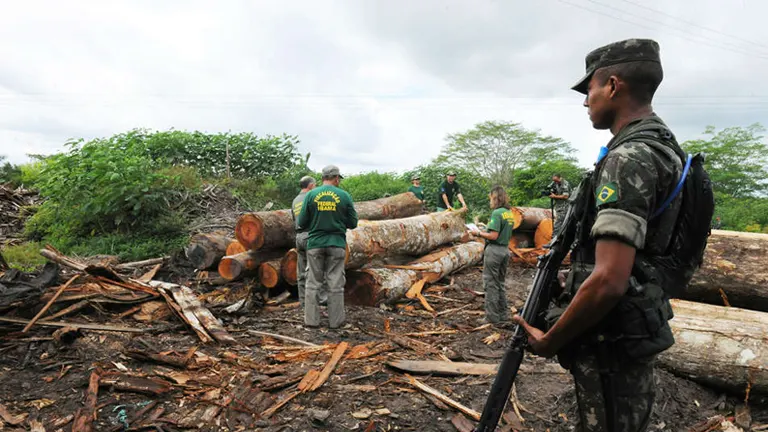
- Government Agencies: Government agencies at the national and regional levels are pivotal in enforcing logging laws. They conduct inspections, monitor compliance, and prosecute offenders, playing a central role in the fight against illegal loggers.
- Non-Governmental Organizations: NGOs such as the World Wildlife Fund (WWF) and Greenpeace are instrumental in raising awareness, conducting research, and advocating for stronger regulations. They often collaborate with governments and local communities to promote sustainable forestry practices.
- International Bodies: International bodies like the United Nations Food and Agriculture Organization (FAO) and the World Bank provide support through funding, research, and policy development, facilitating global efforts to combat illegal loggers.
Challenges in Enforcement
Enforcing laws against illegal logging is fraught with numerous challenges. These obstacles stem from a combination of socio-economic, political, and logistical factors, which collectively hinder effective governance and sustainable forest management.
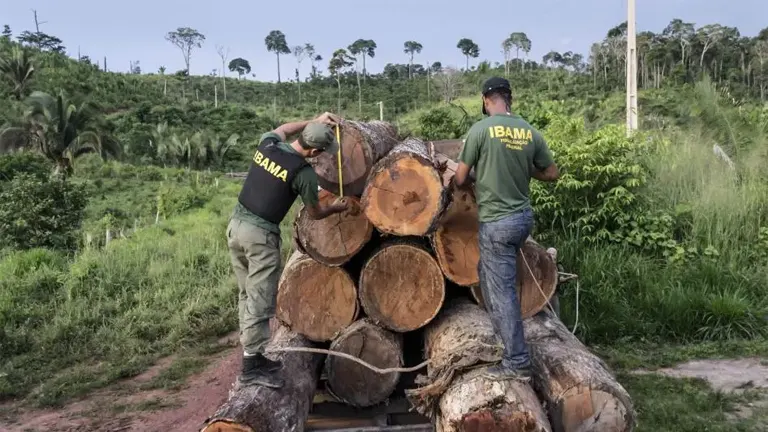
- Corruption: Corruption is a significant barrier to effective enforcement. Bribery and collusion between loggers and officials can undermine regulatory efforts, allowing illegal activities to persist.
- Lack of Resources: Many countries lack the necessary resources, including funding, personnel, and technology, to enforce logging regulations effectively. This shortage hampers the ability to monitor and control illegal logging activities.
- Jurisdictional Issues: Jurisdictional issues arise when illegal logging crosses national borders, complicating enforcement efforts. International cooperation and harmonization of laws are essential to address these challenges.
Technological Innovations in Monitoring
Technological advancements have significantly enhanced the ability to monitor and combat illegal logging. These innovations provide more accurate, timely, and comprehensive data, aiding enforcement agencies and conservationists in protecting forests. Here are some key technological innovations:

- Satellite Surveillance: Satellite technology offers a powerful tool for monitoring forest cover and detecting illegal logging activities. High-resolution images can identify changes in forest cover, enabling timely interventions.
- Drones: Drones provide a cost-effective and flexible means of monitoring forests. They can cover large areas quickly and capture detailed images, aiding in the detection and documentation of illegal logging.
- Blockchain Technology: Blockchain technology can enhance transparency and traceability in the timber supply chain. By recording transactions on a secure, immutable ledger, it ensures that timber products are sourced legally and sustainably.
Economic Incentives for Legal Logging
Promoting legal logging through economic incentives is essential for ensuring sustainable forest management and combating illegal practices. These incentives encourage responsible forestry practices by making legal logging more attractive and financially viable. Here are several economic incentives used to promote legal logging.
- Sustainable Forestry Certifications: Certifications such as the Forest Stewardship Council (FSC) and the Program for the Endorsement of Forest Certification (PEFC) promote sustainable forestry practices, providing market advantages for legally sourced timber.
- Financial Subsidies: Governments and international organizations offer financial incentives to encourage legal logging. Subsidies for sustainable forest management and reforestation projects support the transition to legal, sustainable practices.
- Market Access: Access to premium markets is a significant incentive for legal logging. Many markets require proof of legality and sustainability, providing a competitive advantage for certified timber products.
Role of Community Engagement
- Local Initiatives: Local communities play a crucial role in protecting forests. Community-led initiatives, such as forest patrols and monitoring programs, help detect and prevent deforestation.
- Indigenous Rights: Recognizing and respecting indigenous rights is vital for effective forest management. Indigenous communities often have deep knowledge of their forests and are essential partners in conservation efforts.
- Community Monitoring Programs: Community monitoring programs involve training local residents to monitor forest activities and report illegal logging. These programs empower communities and enhance enforcement capabilities.
Impact of Illegal Logging on Biodiversity
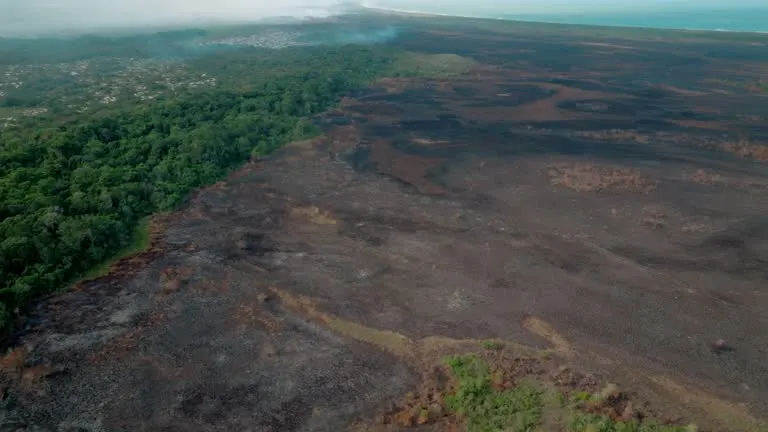
- Habitat Destruction: Illegal logging destroys habitats, leading to the displacement and decline of wildlife populations. Many species, particularly those dependent on old-growth forests, are severely affected.
- Species Extinction: The loss of habitat due to illegal logging can drive species to extinction. Iconic species such as the orangutan and the Sumatran tiger are at risk due to habitat destruction in Southeast Asia.
- Ecosystem Imbalance: Illegal logging disrupts ecosystem balance, affecting everything from soil quality to water cycles. This imbalance can have cascading effects, impacting agriculture, fisheries, and human communities.
Policy Recommendations
- Strengthening Laws: Strengthening and updating laws to address the complexities of illegal logging is essential. This includes harsher penalties for offenders and clear regulations on timber trade.
- Enhancing International Cooperation: International cooperation is crucial for combating illegal logging. Harmonizing laws, sharing intelligence, and coordinating enforcement efforts can significantly improve effectiveness.
- Increasing Funding for Enforcement: Allocating more resources to enforcement agencies, including funding for technology and personnel, is necessary to combat illegal logging effectively. Financial support from international organizations can also bolster efforts.
Training and Capacity Building
- Law Enforcement Training: Training law enforcement personnel in techniques for detecting and prosecuting illegal logging is vital. This includes using technology, understanding legal frameworks, and building community relationships.
- Community Education: Educating communities about the importance of forests and the consequences of illegal logging fosters local support for enforcement efforts. Awareness campaigns can promote sustainable practices and community vigilance.
- Resource Allocation: Allocating resources strategically to high-risk areas ensures that enforcement efforts are effective. This includes funding for patrols, technology, and community engagement programs.
Public Awareness and Education
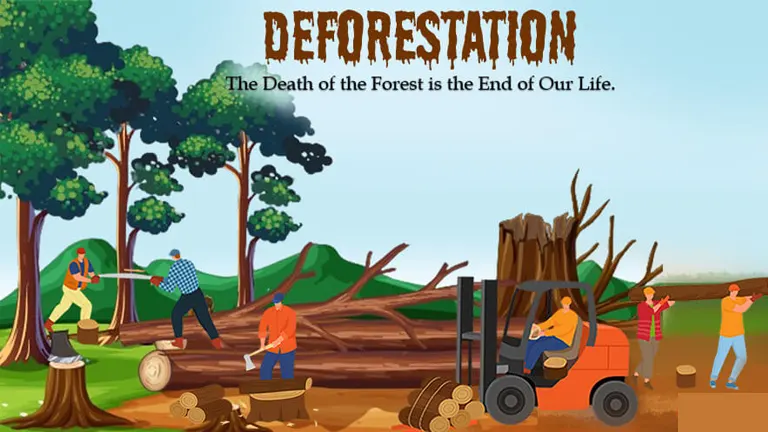
- Media Campaigns: Media campaigns can raise awareness about the impacts of illegal logging and the importance of sustainable forestry. These campaigns can mobilize public support and pressure policymakers to take action.
- School Programs: Incorporating forest conservation into school curricula helps educate the next generation about the importance of forests. School programs can foster a culture of sustainability and environmental stewardship.
- Corporate Responsibility: Encouraging corporate responsibility through policies that promote sustainable sourcing can reduce the demand for illegally sourced timber. Companies can lead by example, adopting sustainable practices and supporting conservation efforts.
Future Trends in Combatting Illegal Logging

- Emerging Technologies: Advancements in technology, such as artificial intelligence and machine learning, offer new tools for monitoring and enforcement. These technologies can improve detection accuracy and reduce costs.
- Global Policy Shifts: Global policy shifts towards greater environmental accountability and sustainability are driving changes in how forests are managed. International agreements and national policies are increasingly focusing on conservation and sustainable use.
- Future Challenges: Future challenges in combating illegal logging include addressing the root causes of deforestation, such as poverty and demand for timber. Balancing economic development with forest conservation will be a critical issue.
Climate Change

- Carbon Emissions: Illegal logging contributes to increased carbon emissions, exacerbating climate change. Forests act as carbon sinks, and their destruction releases stored carbon into the atmosphere.
- Climate Regulation: Forests play a crucial role in regulating the climate by absorbing carbon dioxide and stabilizing weather patterns. Protecting forests is essential for mitigating climate change impacts.
- Mitigation Strategies: Mitigation strategies include reforestation, afforestation, and promoting sustainable forest management. These approaches help restore carbon sinks and reduce the carbon footprint of forestry activities.
Conclusion
Combating illegal logging requires a multifaceted approach involving robust regulations, effective enforcement, technological innovations, and community engagement. By addressing the challenges and leveraging global cooperation, we can protect forests, promote sustainable development, and mitigate climate change. A concerted effort from governments, organizations, and individuals is essential to ensure the preservation of our vital forest ecosystems for future generations.
FAQ
- What is illegal logging? The unauthorized harvesting, transportation, purchase, or sale of timber, violating national and international laws.
- Why is illegal logging a problem? Leads to deforestation, habitat destruction, loss of biodiversity, increased carbon emissions, and economic losses.
- How can technology help combat illegal logging? Technologies such as satellite surveillance, drones, and blockchain enhance monitoring, transparency, and traceability, improving enforcement efforts.
- What are the economic impacts of illegal logging? Undermines legal timber markets, resulting in financial losses for governments and legitimate businesses, and contributing to poverty.
- How can communities help combat illegal logging? Communities can engage in monitoring programs, support enforcement efforts, and promote sustainable forestry practices, leveraging local knowledge and vigilance.
- What are the key international laws addressing illegal logging? Key international laws include CITES, the EUTR, and initiatives such as FLEGT, which aim to regulate and restrict the trade of illegally sourced timber.
- What are the main causes of illegal logging? The main causes of illegal logging include high demand for timber, insufficient enforcement of laws, corruption, and lack of alternative livelihoods for local communities.
- How does illegal logging affect indigenous communities? Often encroaches on indigenous lands, leading to displacement, loss of livelihoods, and conflicts. It undermines their traditional rights and cultural heritage.
- What role do consumers play in combating illegal logging? Consumers can help combat illegal loggers by choosing products certified as sustainably sourced, raising awareness, and advocating for stronger regulations and corporate responsibility.
- How can international cooperation improve enforcement? International cooperation can improve enforcement by harmonizing laws, sharing intelligence, providing financial and technical support, and coordinating cross-border enforcement efforts
As a reader, you have the power to make a difference. Educate yourself and others about the impacts of deforestation. Support products that are certified as sustainably sourced, and advocate for stronger environmental policies. Every small step contributes to the larger goal of protecting our forests and ensuring a sustainable future.
Together, we can foster a world where forests are managed sustainably, ecosystems are preserved, and communities thrive. Let’s take collective action today to combat and safeguard our planet for the generations to come.

James Wilson
Forestry AuthorJames Wilson has over 15 years of experience in forestry economics, specializing in sustainable practices, investment opportunities, and financial management. He has contributed to notable publications like "Forestry Today" and "EcoFinance Journal" and is known for providing practical and insightful advice. With a degree in Environmental Economics, James stays updated through continuous learning and active participation in industry discussions. Outside work, he enjoys hiking and nature photography, bringing a well-rounded perspective to his professional role.








Leave your comment